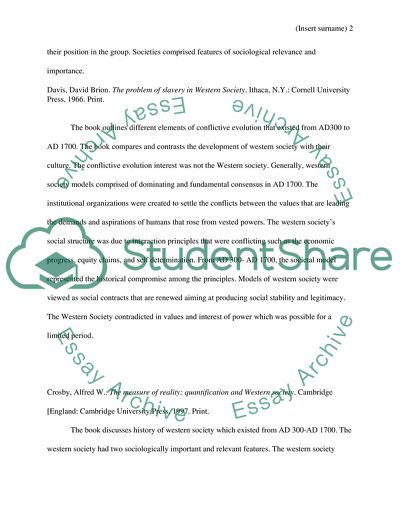Cite this document
(Long History of Western Society Annotated Bibliography Example | Topics and Well Written Essays - 1750 words, n.d.)
Long History of Western Society Annotated Bibliography Example | Topics and Well Written Essays - 1750 words. https://studentshare.org/history/1802119-project
Long History of Western Society Annotated Bibliography Example | Topics and Well Written Essays - 1750 words. https://studentshare.org/history/1802119-project
(Long History of Western Society Annotated Bibliography Example | Topics and Well Written Essays - 1750 Words)
Long History of Western Society Annotated Bibliography Example | Topics and Well Written Essays - 1750 Words. https://studentshare.org/history/1802119-project.
Long History of Western Society Annotated Bibliography Example | Topics and Well Written Essays - 1750 Words. https://studentshare.org/history/1802119-project.
“Long History of Western Society Annotated Bibliography Example | Topics and Well Written Essays - 1750 Words”. https://studentshare.org/history/1802119-project.


